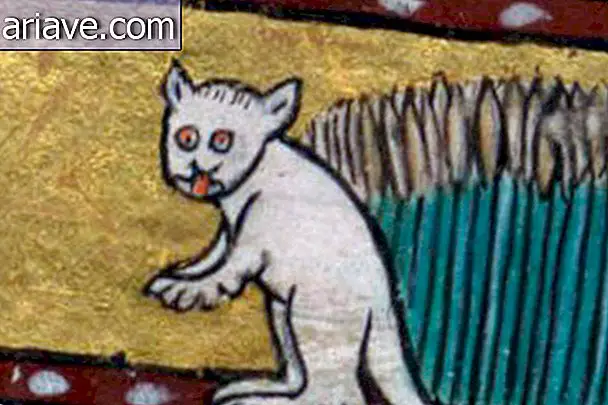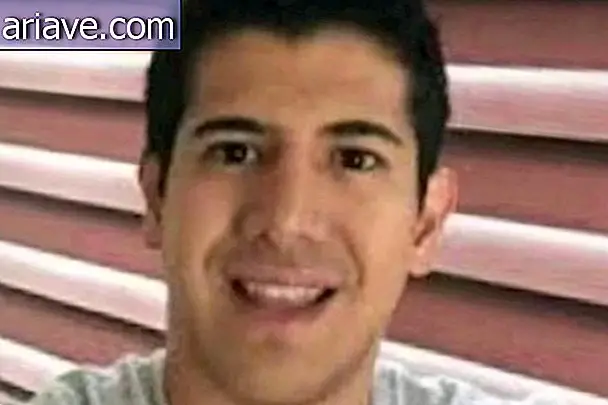Danger: Place That Tombs Jesus' Tomb Can Fall Down At Any Time
Do you recall that a few months ago, after decades of much discussion, reforms were begun at the Holy Sepulcher, home to the supposed “bed of stone” on which Jesus' body was deposited after his death on the cross? As we mentioned in the article on the subject (which you can check out this link), the restaurateurs would take the opportunity to conduct a series of tests to find out as much as possible about the history of this place.

Well, according to Kristin Romey of National Geographic, the engineers involved in the work discovered something - but the news is not good. After conducting numerous surveys, experts conclude that there is a high risk that one of Christianity's holiest sites will collapse and the consequences could be catastrophic.
Historical tangle
According to Kristin, the engineers have just completed renovations to the Edicule, the small chapel inside the Basilica of the Holy Sepulcher. This small sanctuary houses the remnants of a cave that, since the 4th century (at least), has been venerated by Christians as the tomb of Christ. The last time it had been repaired was in the 19th century after a fire damaged the site.

However, surveys carried out during the work revealed that much of the Edicule, as well as the surrounding roundabout, appears to have been built on the ruins of earlier structures - and lies on an extensive tangle of tunnels and channels that can Give way.
Archaeologists believe that the Basilica was built on a site where, some 2, 000 years ago, there was an ancient limestone quarry that eventually housed the graves of the wealthy Jews. So much so that in the church-occupied area alone, at least six tombs have been identified - beyond, of course, the supposed tomb of Jesus. It turns out that this place has been the scene of countless construction and deconstruction over the centuries.

In AD 70, Jerusalem was destroyed and during its reconstruction Hadrian, the Roman emperor of the time, ordered a pagan temple to be built over the place that would have housed the Nazarene's body. With the end of the persecution of Christians decreed by Constantine in the 4th century, this structure was demolished and in the year 326, a basilica was erected to mark the burial place of Jesus.
The basilica was partially destroyed during the Persian invasions in the 7th century, partially rebuilt and overthrown - along with all the existing churches in Jerusalem - by Caliph Al-Hakim in the early 11th century. Then, in the middle of that century, the church was erected again and the Edicule was reformed by the Crusaders; the structure underwent changes again in the 16th and early 19th centuries.
Instabilities
The present basilica lies over all this historical mess and incorporates several earlier phases of its construction. Engineers believe, for example, that both the roundabout and the dome protecting the Edicule were created from the original church of Constantine - and possibly from the pagan Roman temple that was there before.

In addition, the reforming scientists used robotic cameras, radar systems, and other technologies to assess site conditions, and found that parts of the Edicule lie on the ruins of earlier structures or directly on the sloping quarry ground. In addition, the mortar foundation has given way due to decades of exposure to moisture from the drainage channels under the roundabout.

There are also other tunnels running around the Edicule, and a corridor about 2 meters deep that was excavated in the 1960s by archaeologists and lies under a concrete slab that has no support - and over which visitors from the They form queues to visit the tomb. As it were, several of the 22-ton columns that support the roundabout dome lie on a layer of unconsolidated rubble just over a meter long.
In other words, the place must be sacred even if it hasn't collapsed yet, but there is no Christ that will hold things forever! To solve the problems, the engineers propose removing the floor around the House, injecting mortar into the rubble that supports the foundation, and excavating an area of over 90 square meters to install a new drainage system.
The works would last 10 months and cost 6 million euros, but they are vital for the conservation of this sacred site - and for the safety of the more than 4 million people who visit the tomb each year.
***
Did you know that Curious Mega is also on Instagram? Click here to follow us and stay on top of exclusive curiosities!











